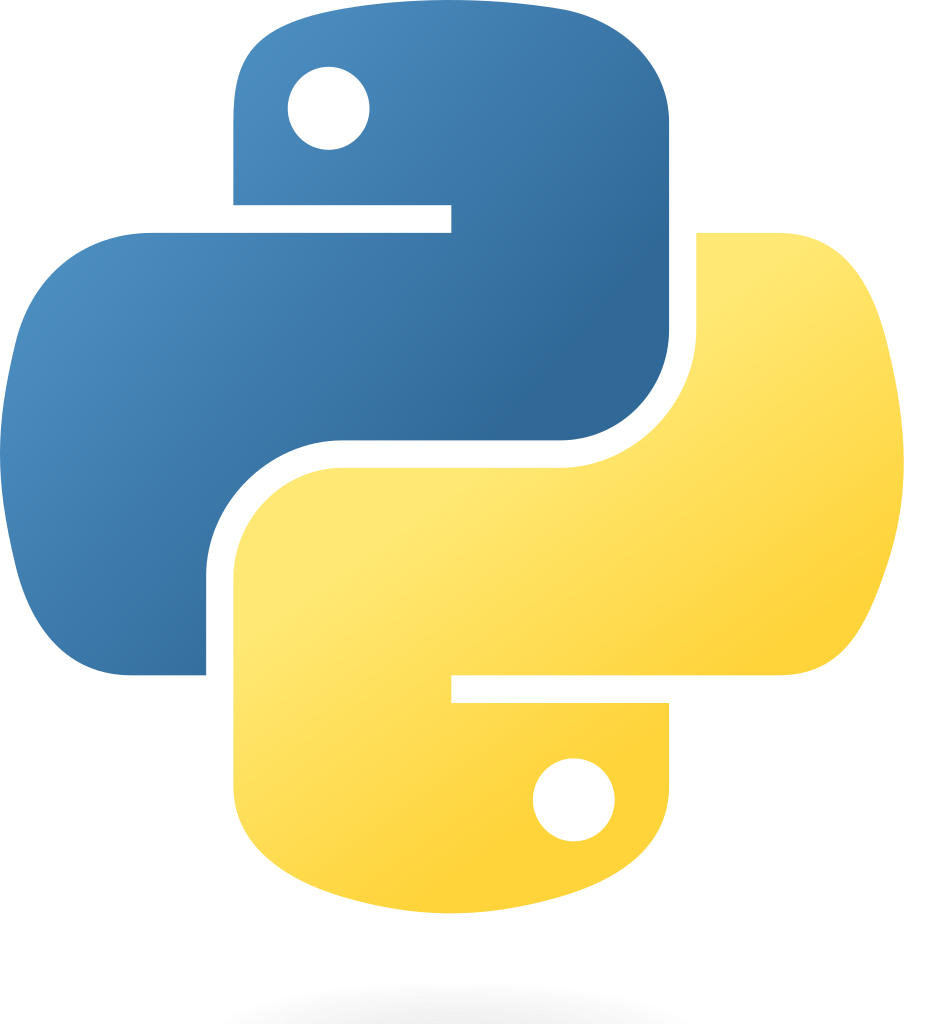So I made a small little command-line utility for myself just for practice, but I had a hard time figuring out how to actually turn it into something I can just use on the command line with no fuss. It uses a virtual environment as Python packages should, so it needs to be run in that environment and I was having trouble figuring out how to do it.
But then I remembered that pipx runs application in a virtual environment, and after checking the docs, I found out that it allows installing local packages by just pointing install at the package directory. So I did, and after setting up the command name as a project script that points to main it ended up working.
I haven’t ever heard of anyone doing something like this for a personal program though. Is something like this a bad idea? Is it over engineering or error prone? Is there another way that most people do something like this?


This seems ok to me. Over time you might come to regret it if you have many scripts and they want to use different package versions…
Another approach could be to write a shell script which loads the virtual environment and then starts the main script. something like
cd /home/rimu/path_to_my_script/ source venv/bin/activate python myscript.pyPut your shell script in ~/bin and ensure that ~/bin is in your $PATH.